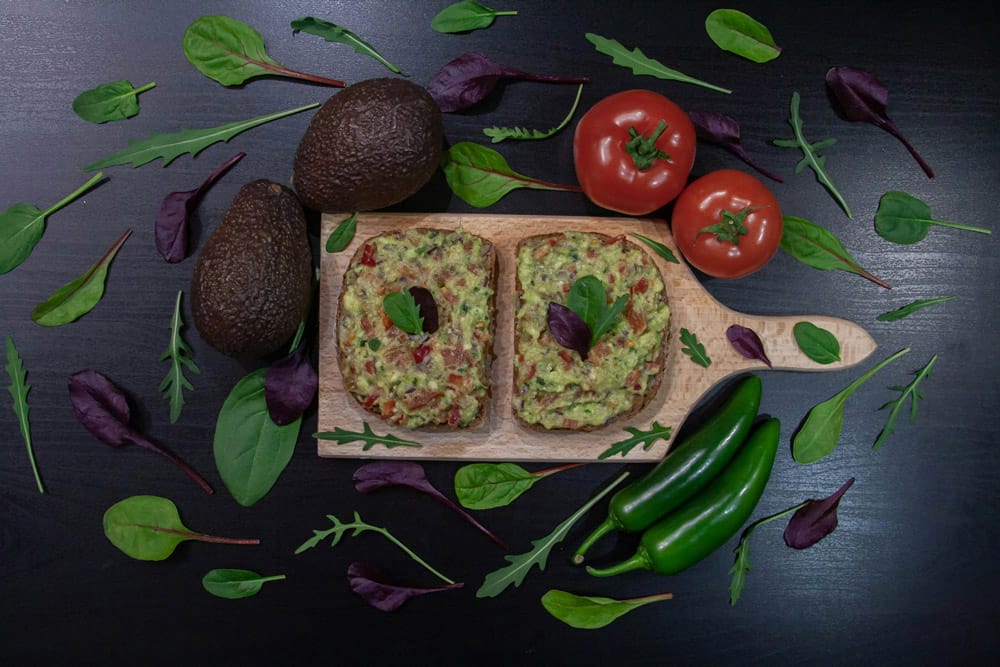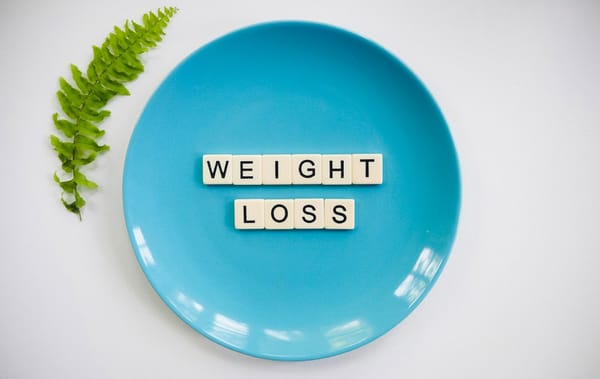Calorie Counting vs. Intuitive Eating: Which One Works Best With TDEE?

Your TDEE is the total daily energy expenditure required by your body to maintain energy balance and, consequently, body weight. This figure represents every single calorie burned in a day, from the energy expended to keep the heart beating and lungs inhaling right through to the workouts or through simple activities like walking to the kitchen.
The TDEE number is, therefore, analogous to a personal roadmap designed solely for the purpose of meeting an individual's need for nutritious intake and balance of energy.
In such an equation, there then comes the crucial point: should it be that with this TDEE number you are going to log every calorie in detail, or should you trust your body more, listen to internal cues, and learn to go with the flow?
Hence the debate between those who count calories and those who eat instinctively.
Knowing how these two relate to TDEE helps you choose the one that is suited to your desires, personality type, and lifestyle. Let's get down to the facts.
What Exactly Is TDEE?
This figure takes several components into its calculation:
- Basal Metabolic Rate (BMR): This refers to the number of calories burned at rest to keep life functioning. BMR generally accounts for 60–70% of energy expenditure in a day.
- Physical Activity Level (PAL): This refers to calories expended due to any intentional movements like exercise, sporting activity, physically demanding work, etc.
- Thermic Effect of Food (TEF): Simply put, these are the calories burned in digestion and absorption of food. This effect ranges around 10% of calorie intake in general.
- Non-Exercise Activity Thermogenesis (NEAT): These are the calories burned through non-exercise daily activities, like walking around the house, cleaning, even twitching.
Once you have your TDEE in pretty good estimation, you can pretty much use it to maintain, lose, or gain weight. So the next question is, how do you eat according to this?
The Calorie Counting Approach
Calorie counting is, therefore, an approach that is systematic and backed by precise data. It involves tracking down each bite consumed, ensuring each one matches up to the daily TDEE.
For people who have very specific goals, such as weight gain, weight loss, or performance improvement, this level of detail may be highly effective.
The Benefits:
- Crisp: Caloric intake can be appropriately tailored to meet goals.
- Accountability: Tracking holds you truthful to the reality of what and how much you consume.
- Data for Adjustments: Having data enables troubleshooting for plateaus or fatigue.
- Nutritional Awareness: Helps one calculate portion sizes, balance macronutrients, and recognize the impact different foods have on daily intake.
The Drawbacks:
- Time-Consuming: Meals need logging; barcodes have to be scanned, and portions weighed.
- Potential for Obsession: Numbers gaming can lead to issues like food anxiety or disordered eating patterns.
- False Accuracy: Calorie counts on labels and in databases aren’t always accurate, and tracking apps can be off by as much as 20%.
When to use it best:
Calorie counting works best with TDEE if you have specific time-bound goals, such as training for a bodybuilding competition or maintaining weight for a specific sport, or going through a fat loss phase before a vacation.
The Intuitive Eating Approach
Intuitive eating is the complete antithesis to dieting. It gives your body the listen-up cue, eat when hungry, stop when full, and choose foods that please, both physically and emotionally. The idea that the body knows best underlies it. Giving in to these internal cues should help bring about healthier relationships with food and one's body.
The Benefits:
- Mental Freedom: No calorie-counting, food-weighing, or rigid meal plans.
- Long-Term Sustainability: It is not a "plan" you can fall off; it's a way of eating for life.
- Improved body awareness: You become more sensitive toward hunger, fullness, and satisfaction.
- Improved relationship to food: Decreased guilt, binge eating, and yo-yo dieting.
The Drawbacks:
- Lack of Structure: It might turn out to be too vague or directionless for a beginner.
- Potential for Overeating: In case warning signals for hunger are not worked out or due to post-diet syndrome after coming off a restrictive diet.
- Doesn't Prioritize Specific Goals: If someone needs a caloric surplus or deficit for any reason, intuitive eating may not provide enough control.
When to use it best:
This kind of eating works well for those needing to heal from an eating disorder, tired of chronic dieting, or just want to make peace with food. Otherwise, it's great for maintaining one's weight after reaching a target or for someone not caring about their weight but looking for overall wellness.
TDEE as it Relates to Each Approach
TDEE is a number, intuitive eating is not. However, both ways can be used. Let's check how each method uses TDEE differently.
Calorie Counting and TDEE
They are a perfect match: You find out your TDEE and then eat to:
- Maintain your weight at maintenance, equal to TDEE
- Lose weight in a deficit (less than TDEE)
- Gain either muscle or mass in a surplus (more than TDEE)
You track calories and adjust based on results. It is very analytical and goal-oriented.
Best suited for:
- Competitive athletes
- People who have weight or fitness goals
- People who prefer data and structure
Intuitive Eating and TDEE
Intuitive eating does not count calories. But knowing the TDEE gives it context. You might not be counting, but you know roughly what 2,200 or 2,500 calories look like. It steers you in the right direction without being rule-based.
Over time, an instinctive eater can learn:
- How different meals impact energy and fullness levels from different meals.
- What eating "enough" feels like.
- Naturally aligning eating habits with energy needs.
Best suited for:
- Those who’ve struggled with diets
- People focusing on mental and emotional health
- To make lifestyle changes that are long-term and sustainable
Can You Combine Both?
Yes, and that’s what many experts recommend. There is a hybrid model that can bring in both benefits.
Here’s how it might evolve:
- Use calorie counting for a few weeks to understand your needs and patterns first.
- Then transition to intuitive eating with your gained experience to gauge portion sizes.
- Then refer back to calorie tracking if you feel off track, hit a plateau, or start a new goal.
One is not locked into either forever. Your needs can change. The best approach is flexible, adaptable, and centered around your life, not the other way around.
Common Misconceptions
- "Intuitive eating is just eating whatever you want." Not quite. It also means paying attention to how food makes you feel, physically, mentally, and emotionally.
- "Calorie counting guarantees results." Only if done accurately, consistently, and understood in terms of the body's actual needs.
- "You have to pick one or the other." False. There are many successful eaters blending both methods.
The Bottom Line
One size does not fit all. With your lifestyle, goals, mindset, and health history, the best method will be revealed to you.
Calorie counting gives structure and measurable progress. It is great for short-term goals and useful while learning about nutrition.
Intuitive eating offers sustainable long-term benefits and mental freedom. It is an amazing alternative for people who are ready to move from numbers and reconnect with their innate cues of hunger.
However, if you choose one of these or a combination of both, what is more important is to use TDEE as a marker point. It gives one such powerful insight into the energy demands of one's body to refuel it deliberately, by data or instinct.
Remember, the best diet is the one that works for you, not just on paper but in your everyday, real life.



